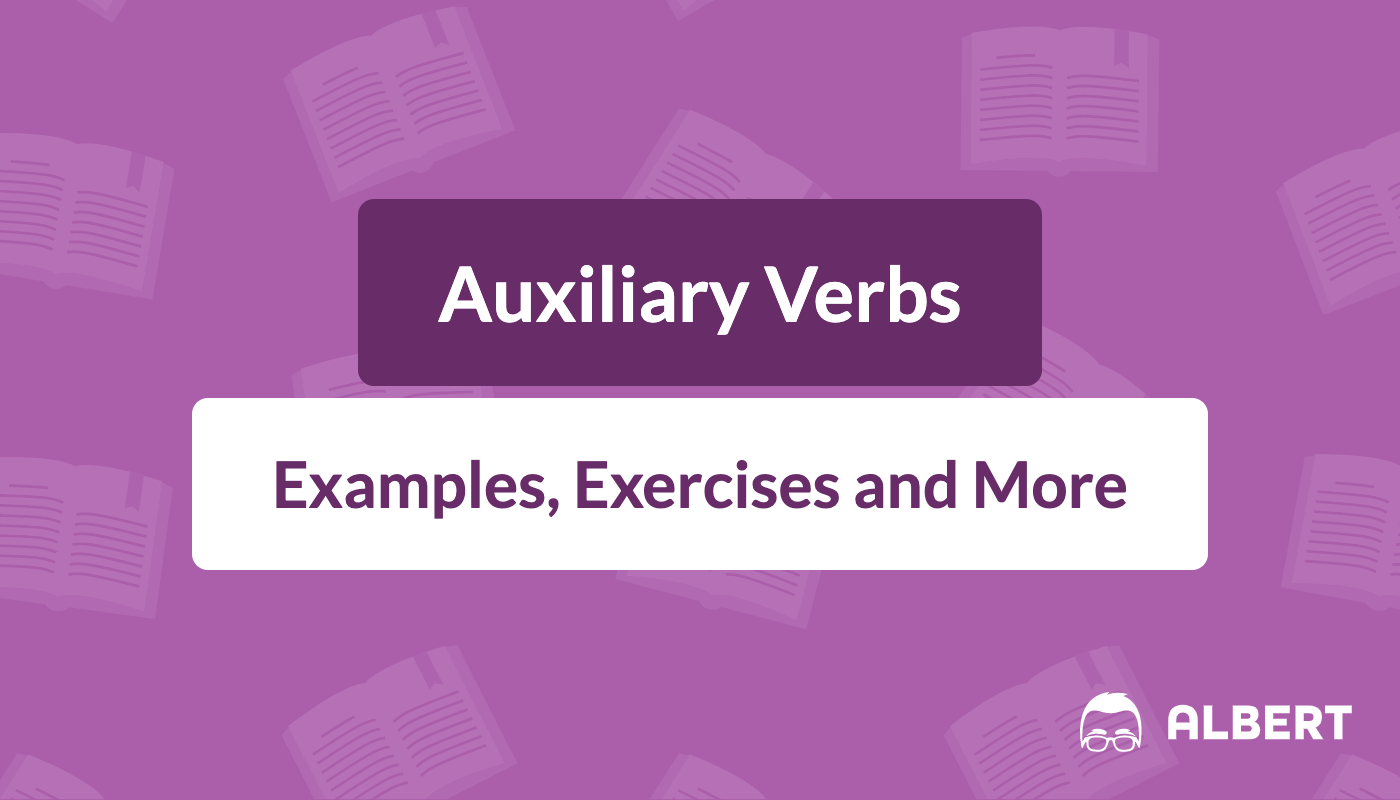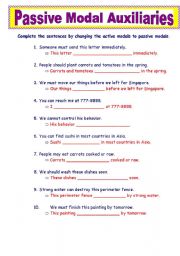
Note that the structures with to-infinitive and gerund are completely interchangeable. The house doesn’t need painting right now.Usually, the situations involve fixing or improving things: In this case, the gerund carries a passive meaning. This structure is used in the same way as above. People must be warned that there are crocodiles in the area. Note: The negative form uses ‘ do/does/did’. The building needs to be inspected by the city.We use it to refer to tasks that the speaker is probably not going to do personally or when it is not important to know who is going to complete the action. ‘Need’ can also be used with the passive voice. I will need to drink a few cups of coffee in order to stay awake.The future tense of the main verb ‘need to’ is ‘ will need to‘: She needn’t have given me such an expensive present.We still have plenty at home. (we bought some milk, but it wasn’t necessary) ‘Needn’t + perfect bare infinitive’ (have + past participle), however, denote actions which were performed but were unnecessary: ‘Need’ as a modal does not have a past tense form. In the simple past negative form, we use ‘ didn’t’ with ‘need’ to denote no obligation in the past. The past tense of the main verb ‘need to’ is ‘ needed to‘: In these examples, the meaning is the same for semi-modal need and main verb need + to. You don’t need to mention this to your father. I don’t need to be told that I should lose weight.Do you have a minute? I need to talk to you about something.We can use it in affirmative, negative and interrogative sentences. ‘Need’ as a main verb expresses that something is necessary. I, you, she, he, it, we, they – needed to.Main verb ‘need’ is followed by to and it changes with person, number and tense: We can use main verb ‘need’ as an alternative to semi-modal ‘need’. The questions include: Simple sentences, interrogative sentences, negative sentences and negative/interrogative sentences.

If used in statements, ‘need to’ is often used in the same context as ‘have to’ meaning necessity, but many times, ‘need to’ is used to express something that is less urgent, something in which you have a choice: Active and passive voice with modal auxiliaries exercises - In this quiz, we will ask multiple choice questions about Active and Passive Voice with Modal Auxiliaries. ‘Need’ as a modal verb also occurs in interrogative sentences, but this use is much more formal: If you want good results, you will need to work harder.To change sentences having present/future modal into passive voice, auxiliary verb be is added after modal in sentence. 3rd form of verb (past participle) will be used only (as main verb) in passive voice. The places of subject and object in sentence are inter-changed in passive voice. She need not arrive ( needn’t arrive ) so early. PASSIVE VOICE WITH MODALS - aslhan's webste.It expresses absence of necessity or obligation, and it is followed by a bare infinitive: Present and Future ‘Need’ as a modalĪs a modal verb, ‘need’ is most typically used in negative sentences or in affirmative sentences with a negative meaning.

A semi-modal is a word that acts like both a modal verb and a main verb. One more common way to express obligation, necessity or a lack of obligation is with the semi-modal ‘ need’.


 0 kommentar(er)
0 kommentar(er)
